Start Car Insurance with a Checking Account
Explore how to buy car insurance online with checking account or other payment methods
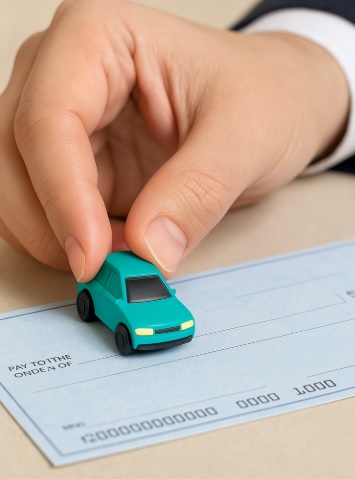
These days, having car insurance isn’t just a good idea—it’s pretty much a must. Most states require it, and honestly, it just gives you peace of mind. The thing is, getting covered has changed a lot. Thanks to technology, you can skip the trip to a dusty office and get quotes right from your phone, maybe even while sipping coffee on your couch. Sounds better than waiting in line under fluorescent lights, right? But here’s where it gets tricky for some: not everyone has a credit card to pay for their policy. And that’s totally okay. You’re not out of luck. There are ways to get car insurance online with a checking account—and we’ll walk through those together. We’ll also look at a few other payment methods you might not have thought about.
So yeah, it’s easier than ever to get covered—but only if you know where to start. Let’s break it down.
How to Pay for Car Insurance Without Using a Credit Card
Here’s the good news: you don’t need a credit card to pay for car insurance. Really—there are plenty of other ways to make it work. Think cash, money orders, prepaid debit cards… some insurers even accept PayPal or Apple Pay these days. And if you’ve got a checking account? That opens up even more options. You can set up automatic payments, knock out your bills online, or use an electronic funds transfer (EFT) to keep everything running smoothly.
To be honest, knowing your payment choices matters more than people realize. It’s not just about convenience—it’s about making sure you don’t miss a payment and accidentally lose coverage when you need it most.
Not totally sure which method to go with? Talking to an independent agent can make things way less stressful. They can walk you through the process, especially if you’re trying to avoid big upfront costs. And if you’ve got a checking account, you’re in a great spot—you’ve got flexibility on your side.
Next up, let’s go over a few tips for getting coverage with a low down payment, whether you’re paying with cash, EFT, or anything in between.
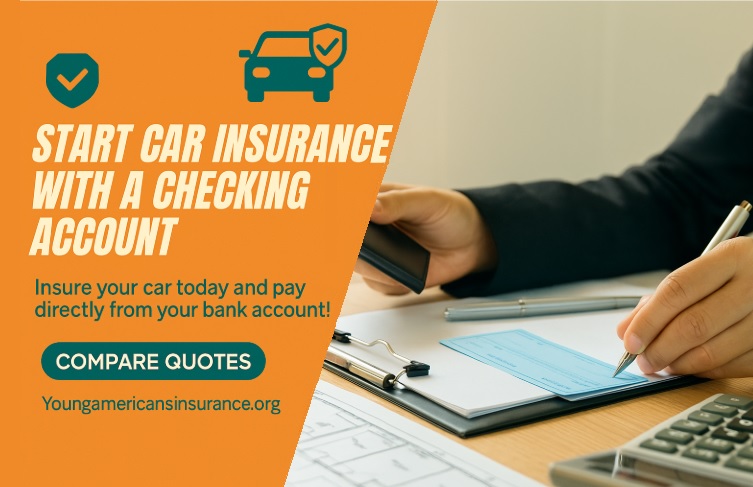
Ways to Start Car Insurance with just a Checking Account
If you’ve ever wondered, “Can I really start car insurance using my checking account?”—the answer is a solid yes. And not just yes, but yes—with options. You don’t need a credit card to get covered. Whether you prefer everything on autopilot or you’re the type who still likes writing out a check once in a while, insurers have made room for all kinds of payment styles.
So let’s walk through the most common ways to kick off your coverage using your checking account. No fluff—just real, workable options to fit your life.
🔁 Electronic Funds Transfer (EFT)
Honestly, EFT is a game-changer. It’s fast, secure, and once it’s set up, you can basically forget about it (in a good way). Just hand over your bank’s routing and account numbers, and your insurance company takes care of the rest—pulling your monthly payment automatically. You won’t have to remember due dates, and even better, a lot of insurers toss in a discount when you enroll in autopay. It’s like putting your payments on cruise control.
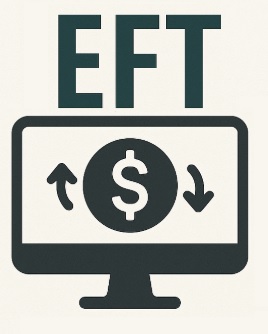
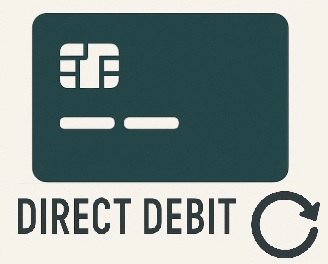
💳 Direct Debit (Auto-Draft)
This one’s super similar to EFT. You’re basically saying, “Hey, take the money from my checking account on this date every month,” and your insurance company handles it. No phone calls, no missed payments—just set it and go. Especially helpful if you’ve got a million other things to keep track of.
💻 Online Bill Pay through Your Bank
Most banks today have slick online bill pay tools. You log in, choose your insurer, and schedule a payment—either one-time or on a recurring basis. It’s great if you like being in control but still want to avoid writing paper checks or logging into yet another app.
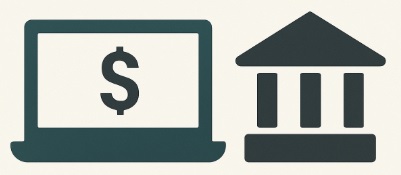
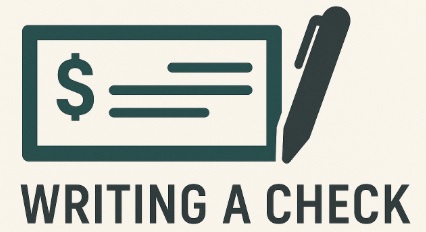
✍️ Writing a Check (Paper, Electronic, or Cashier’s)
Yes, people still write checks—and that includes insurance payments. If you’re more old-school (or just prefer a tangible paper trail), checks still work just fine. You’ve got options here, too:
- Mailing a Paper Check – Just don’t forget to send it early enough to avoid any late fees. Snail mail’s still a thing, after all.
- Sending an E-Check – Quicker and easier. Just use your bank’s online system, and you’re good to go.
- Getting a Cashier’s Check – Want something more secure? Head to your bank and have them issue a cashier’s check. It’s a little more official and can be handy if you’re mailing payments.
📱 Paying via Insurance Company Website or App
Nowadays, most insurers let you link your checking account right on their website or app. Once it’s connected, making a payment is just a few taps away—like ordering takeout but for your peace of mind. Quick, direct, and no need to move money around through prepaid cards or cash.
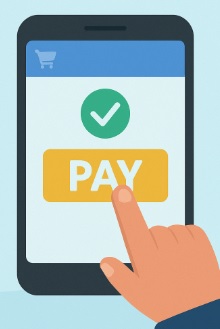
At the end of the day, paying with your checking account cuts out the middleman. No need for plastic, no need to hunt for workarounds. Just a clean, direct path from your bank to your coverage—simple, reliable, and totally doable.
Alternative Payment Methods for Starting Your Car Insurance
Don’t have a checking account, or just prefer using something else? Totally fine. There are lots of other ways to start your car insurance policy without jumping through hoops. Let’s walk through a few solid payment options that can fit all kinds of situations.
💳 Credit or Debit Cards
Most people end up using a credit or debit card because, well, it’s easy and fast. If you’ve got a checking account, odds are you already have a debit card linked to it. Debit pulls straight from your account; credit lets you pay it off later. Either way, most major insurers—think Visa, Mastercard, Amex—accept both.
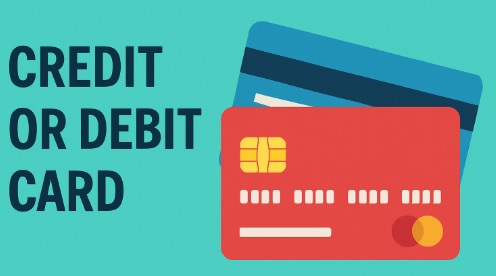
A Tip: If you’re setting up automatic payments, double-check that you’ve got enough in your account when the bill hits. Otherwise, your bank might slap you with overdraft fees, and your insurer could tack on late charges. Not fun—and definitely avoidable.

💰 Money Orders
Not into cards or online banking? No problem. Money orders are still a solid, secure way to pay. You can grab one at the post office, Walmart, your local grocery store, or even the corner gas station sometimes. They usually charge a small fee, but it’s worth it if you’re not using a bank account.
Big-name insurers like Liberty Mutual, Progressive, and Travelers accept money orders, which makes this a really good option for folks who want to keep it simple or don’t have traditional banking.
💳 Prepaid Debit Cards
Prepaid debit cards are kind of like training wheels for managing payments—great if you don’t have a bank account or don’t want to link one. Just pick one up at a pharmacy or store, load it with cash, and you’re good to go for that first insurance payment.
A heads-up, though: Most companies won’t let you use prepaid cards for automatic monthly billing.
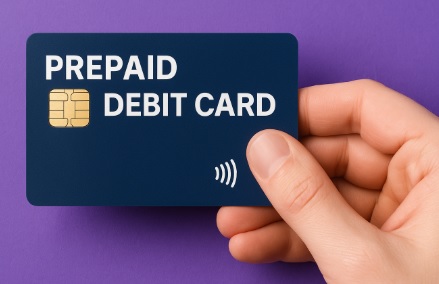
So you might need a backup like a money order later on, unless you’re paying the full premium upfront. Also, keep an eye out for hidden fees—some cards charge to reload or just for holding a balance. It adds up fast if you’re not careful.
Big-name insurers like Liberty Mutual, Progressive, and Travelers accept money orders, which makes this a really good option for folks who want to keep it simple or don’t have traditional banking.
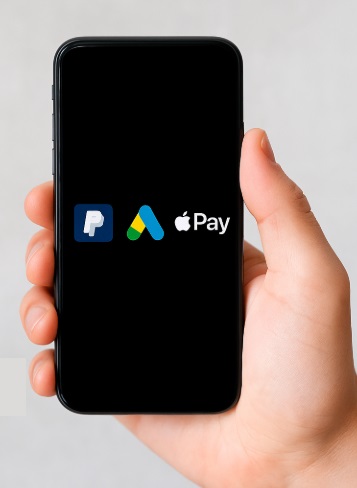
📲 Cash Payment Apps
These days, cash apps aren’t just for splitting lunch with friends. PayPal, Cash App, Venmo, and Apple Pay are becoming legit ways to pay your bills, including car insurance with some providers.
- PayPal: It’s quick, super familiar, and already accepted by insurers like Progressive.
- Apple Pay: If you’re all-in on iPhone life, this is a smooth way to keep things digital. State Farm, GEICO, and USAA already let you use Apple Pay, and some even let you store your digital insurance card right in your Apple Wallet.
Not every insurer is on board with these apps yet, but the list is growing.
🏢 In-Person Cash Payments
Still prefer handing someone actual cash? You’re not alone. Some insurance companies—especially ones with local offices—still let you pay the old-fashioned way. And services like Western Union or PayNearMe partner with certain insurers so you can walk in and pay right there on the spot.
Just make sure to call ahead and ask if they take cash. Not all offices do, and showing up with a wad of bills only to be turned away? Yeah, that’s not ideal.
✉️ Mail-In Money Payments
So, can you just pop cash into an envelope and send it off? Honestly… please don’t. It’s risky, easy to lose, and most insurance companies flat-out say no. If mailing’s your only option, go with a money order or cashier’s check instead. Much safer, and your payment’s traceable.
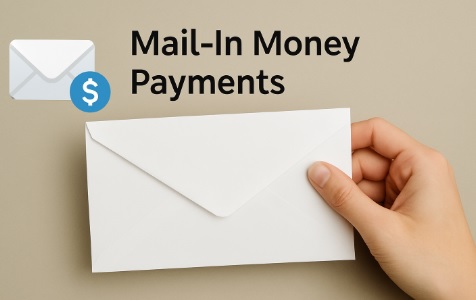
So, what’s the bottom line? If credit cards or checking accounts aren’t your thing, you’ve still got options—good ones. Prepaid cards, money orders, cash apps, and even in-person payments can all get the job done.
Insurers That Accept Cash Payments
Not every insurer takes cash, but here are five big ones that do:
- Nationwide
- Progressive
- MetLife
- Personal Lines Group
- Mercury General
Whatever your situation, there’s a payment method that can work for you. It’s just about finding the one that fits your life—and keeps your wheels (and your coverage) rolling.
Wrapping It Up
At the end of the day, it’s always a good idea to reach out to your local agent or your insurance company rep to double-check what payment options are available. Things change, and sometimes companies add new ways to pay, so a quick call or email can save you some trouble.
If you’re paying in cash, definitely ask for a receipt. It’s a small step, but it protects you just in case anything goes sideways. And no matter how you pay, try to do it before the due date—and maybe even call customer service after just to be sure everything is clear. Better safe than sorry, right?
Now that you know how to start car insurance with a checking account, cash, or a check, why not take the next step? Pop in your ZIP code, and in just a few minutes, you’ll be able to compare up to 10 quotes. Quick, simple, and a great way to find the coverage you need—without overpaying.